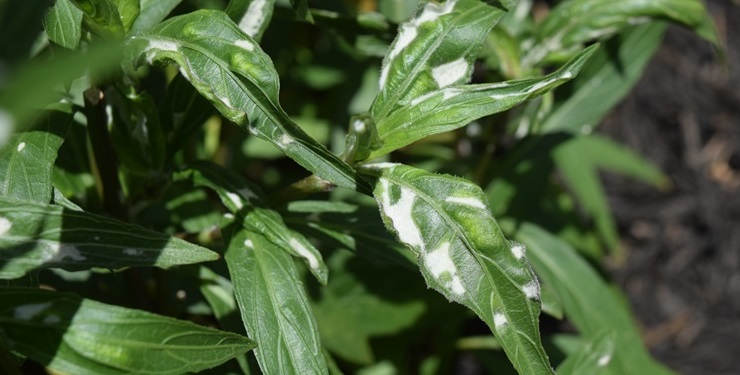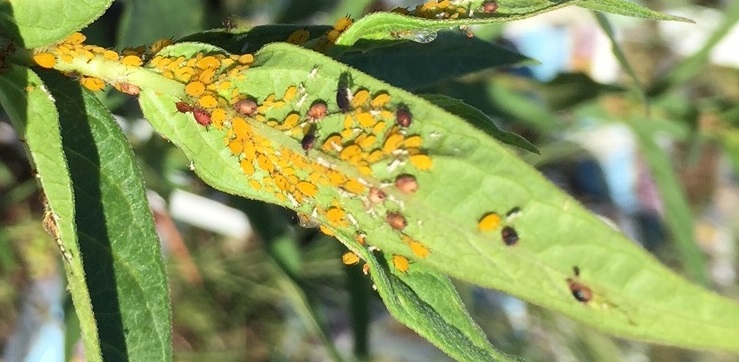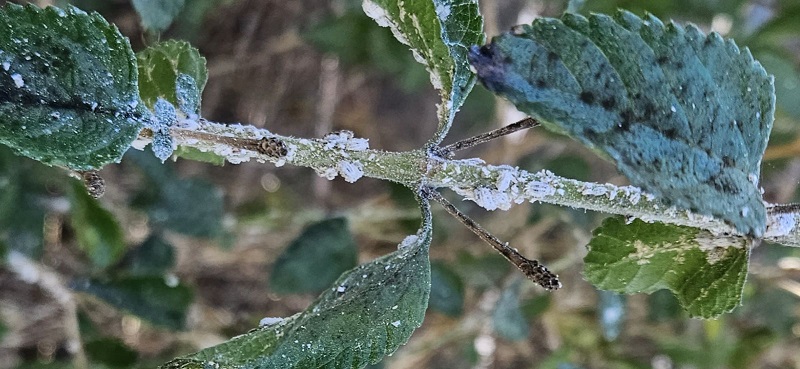There are a lot of perks that come with living near a lake or pond, especially in Texas. But in addition to swimming and boating, your summers might include large populations of mosquito-looking insects hatching in hordes! They infiltrate your outdoor spaces, fly in your mouth and up your nose, turn your patio into a dark mess of squashed bugs, hover around your porch lights, and generally cause a huge nuisance!
Aquatic midges, also known as non-biting midges, are related to flies but look like mosquitoes. Females lay their eggs in standing water, and larvae develop underwater, going through several stages before emerging as adults. A massive emergence of adults often occurs at certain times, and the nursery starts getting frantic calls.
What can we do about these pesky insects? Unfortunately, the answer is “nothing much”. The best way to control them is to control the larvae, which are in the water, at the bottom of a stream, pond, or lake. If you have a reasonably-sized pond, you might be able to sprinkle Bt granules, which will sink to the bottom and control the larvae residing there. The strain of Bt you will need is Bacillus thuringiensis israelensis-a microbe that controls mosquito and black fly larvae. The bad news is that you would need to apply it every three weeks or so to really keep the populations down, and treating anything other than a small pond would be cost-prohibitive. Fortunately, Bt leaves water safe for fish, pets, and swimming. Be aware that this type of control is not a guarantee, and is only effective as a method of suppression.
So, why do we have so many of these midges? Midges are more likely to emerge from bodies of water that have high fertility coming from run-off. Golf courses and homeowners who use a non-organic form of fertilizer are contributing to the midge factories. The larvae are common in standing water, feeding on organic matter such as algae and decaying plants. They will be more prevalent in polluted water with excessive algal growth. The adults rest on vegetation during the day, and as we all know, swarm at dusk and dawn. Lights will attract them at night.
Bottom line. If you live near a body of water, use only organic fertilizers. If you live near stagnant water with excessive algal growth, you will have midges. And if you have found a non-toxic way to control them, let me know! We can get rich together!




